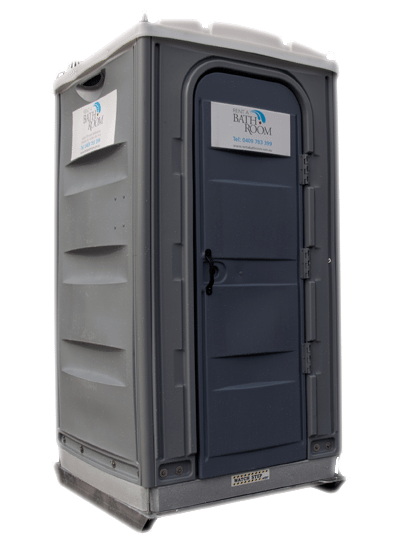Regular HVAC maintenance is one of the easiest and most cost-effective ways to improve energy efficiency in homes and commercial buildings. Heating, ventilation, and air conditioning systems work hard to maintain a comfortable indoor climate. But without proper care, their performance drops over time, leading to increased energy use, higher utility bills, and frequent breakdowns. Expert HVAC maintenance helps systems run smoothly, extend their lifespan, and save energy consistently.
Why HVAC Maintenance Matters
HVAC systems are among the largest energy consumers in a building. If filters are dirty, parts are worn, or airflow is restricted, the system must work harder to maintain the set temperature. This uses more energy and puts extra strain on the system. Routine maintenance helps detect and fix these problems before they grow.
Key benefits of professional HVAC maintenance:
- Increases energy efficiency
- Reduces electricity bills
- Extends equipment lifespan
- Improves indoor air quality
- Prevents unexpected breakdowns
Simple Steps That Make a Big Difference
Technicians follow a detailed checklist to ensure every part of the HVAC system is working properly. These steps directly contribute to better energy performance.
What expert maintenance usually includes:
- Filter cleaning or replacement – Dirty filters block airflow and reduce efficiency.
- Thermostat check – A properly calibrated thermostat ensures accurate temperature control.
- Duct inspection – Leaky or clogged ducts waste energy and lower performance.
- Lubricating moving parts – Reduces friction and wear on motors and fans.
- Refrigerant level check – Low refrigerant causes poor cooling and high energy use.
- System controls testing – Ensures safe and efficient startup, operation, and shutdown.
Each of these tasks keeps the system working as intended. Small issues caught early prevent large repairs and high costs later.
Seasonal Maintenance = Better Performance
Having HVAC duct renovation near me systems serviced before the summer or winter seasons helps prepare them for high usage. This not only avoids system failure when it is needed most but also ensures the unit runs at peak efficiency during extreme temperatures.
Tips:
- Schedule maintenance twice a year – once before summer and once before winter.
- Keep outdoor units free from dust, leaves, or debris.
- Replace air filters every 1 to 3 months.
- Keep vents and ducts unblocked inside the building.
Final Thoughts
Boosting energy efficiency does not always require big upgrades or expensive equipment. Expert HVAC maintenance is a simple and reliable solution that delivers long-term savings and improved system performance. Regular care from trained professionals ensures every component works as it should, resulting in better airflow, consistent temperature control, and lower energy bills.






